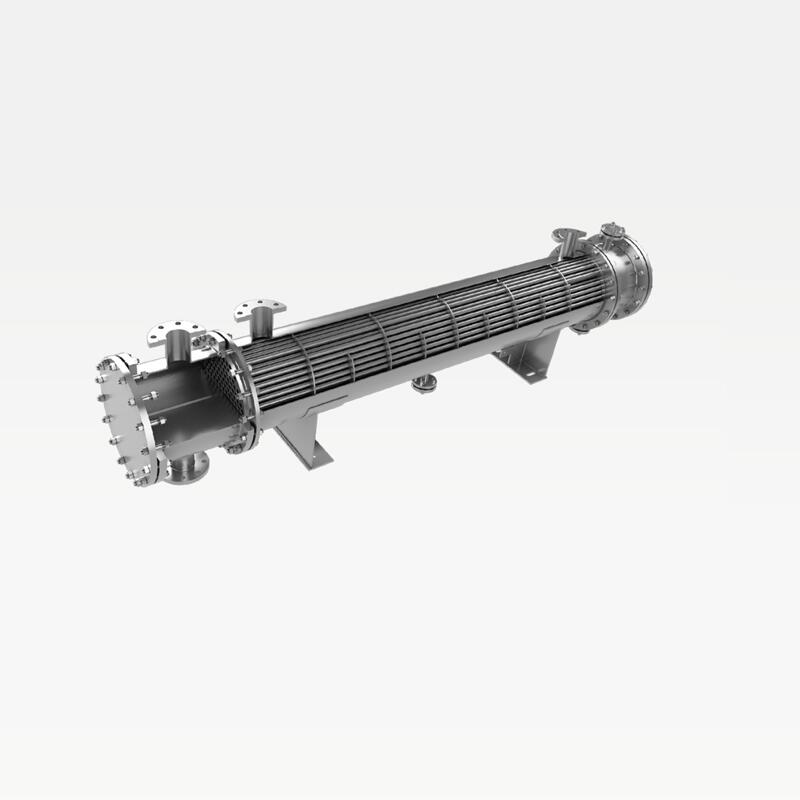-
Categories
-
Pharmaceutical Intermediates
-
Active Pharmaceutical Ingredients
-
Food Additives
- Industrial Coatings
- Agrochemicals
- Dyes and Pigments
- Surfactant
- Flavors and Fragrances
- Chemical Reagents
- Catalyst and Auxiliary
- Natural Products
- Inorganic Chemistry
-
Organic Chemistry
-
Biochemical Engineering
- Analytical Chemistry
-
Cosmetic Ingredient
- Water Treatment Chemical
-
Pharmaceutical Intermediates
Promotion
ECHEMI Mall
Wholesale
Weekly Price
Exhibition
News
-
Trade Service
According to a report from Energy Transition News in London on April 27, 2021, the Energy Transition Commission (ETC), an internationally renowned think tank, said in a report published on April 27 that the global economy will achieve net greenhouse gas emissions by 2050.
ETC is an alliance of more than 45 public and private energy organizations, "committed to achieving net zero emissions by the middle of this century.
ETC said that as the cost of renewable electricity and electrolysis equipment has fallen, green hydrogen produced through electrolysis of water and renewable energy "may be the most cost-competitive and the main production route in the long term.
The report said, "By 2050, green hydrogen production will account for about 85% of total hydrogen production.
The blue hydrogen extracted from natural gas through carbon capture and storage will be an important transitional solution and may play a role in "certain low-cost natural gas regions".
ETC said that the increase in demand for clean hydrogen will come from difficult or expensive decarbonization industries such as steel production, industry and shipping.
Li Jun compiled from energy transition news
The original text is as follows:
Net zero by 2050 needs six-fold increase in clean H2 consumption: report
A net-zero greenhouse gas emissions global economy will need 500 million to 800 million mt of clean hydrogen consumption a year by 2050, five to seven times greater than today's market, the Energy Transitions Commission said in a report published April 27.
The ETC is a coalition of more than 45 public and private sector energy organizations "committed to achieving net-zero emissions by mid-century.
Green hydrogen, produced via electrolysis of water with renewable power, is "likely to be the most cost-competitive and therefore the major production route in the long-term, due to falling renewable electricity and electrolyzer equipment costs," it said.
"It could account for approximately 85% of total production by 2050," it said.
Blue hydrogen, produced from natural gas with carbon capture and storage, would be an important transition solution, and could play a role "in some specific very low-cost gas locations.
The increase in demand would come from decarbonizing sectors that were hard or expensive to directly electrify, such as steel production, industry and shipping, the ETC said.







